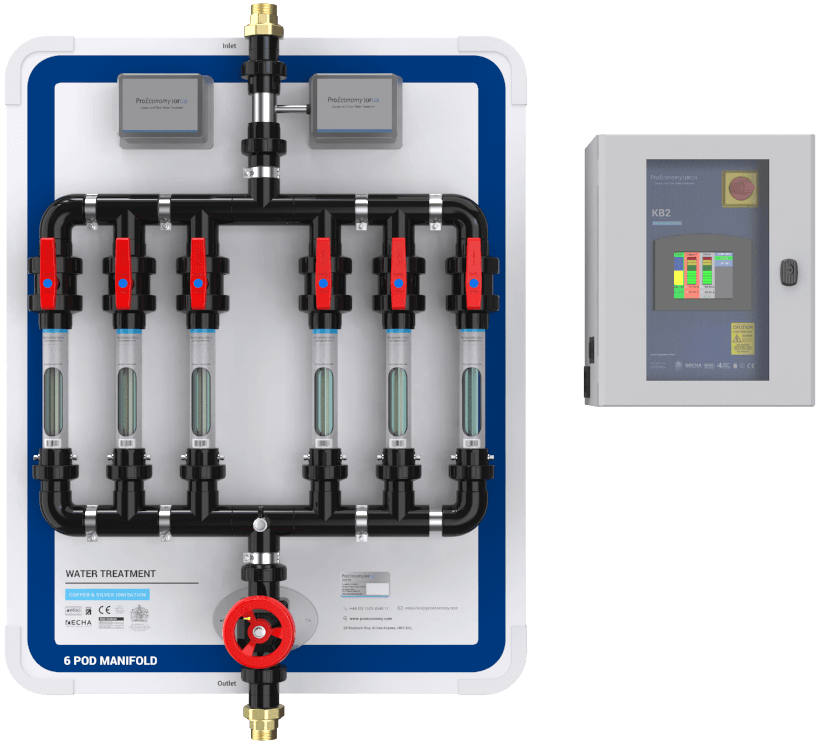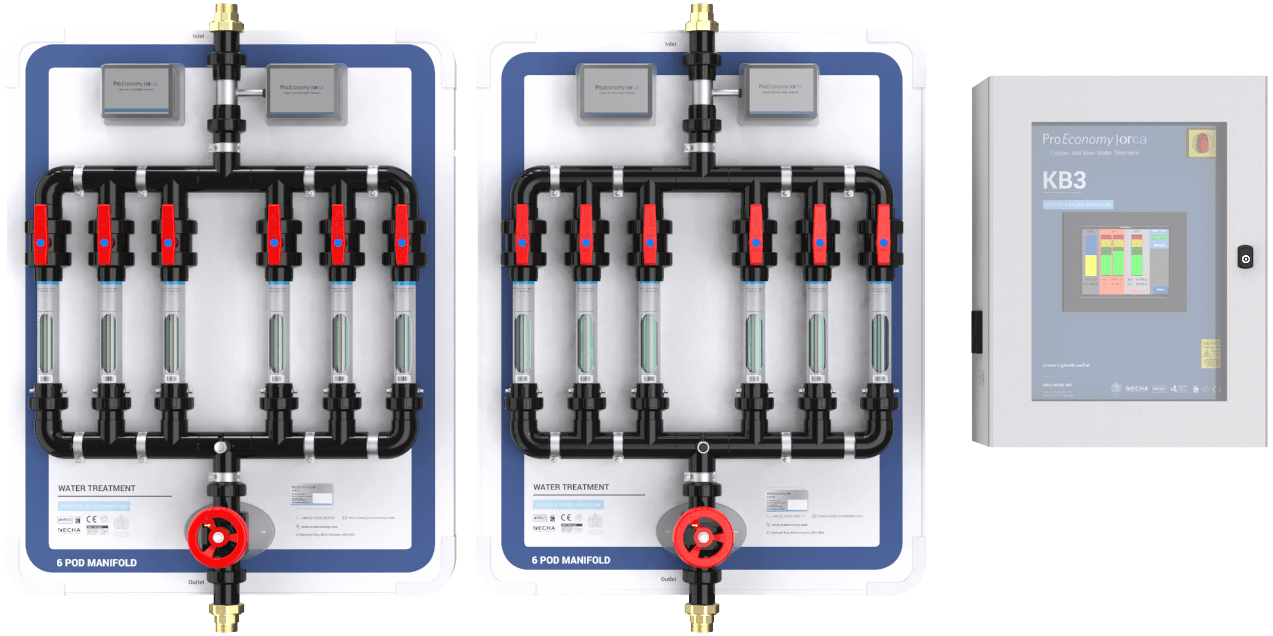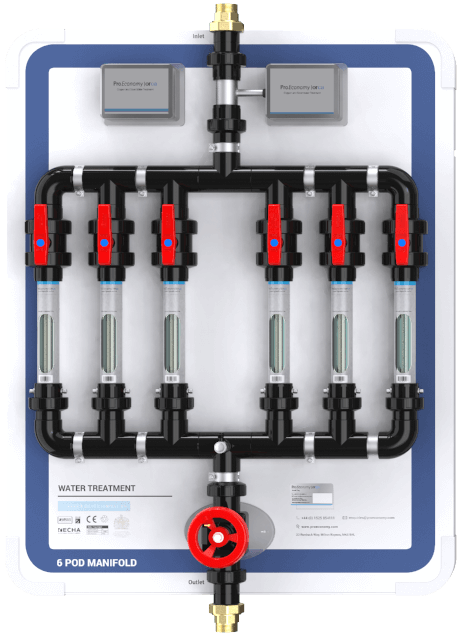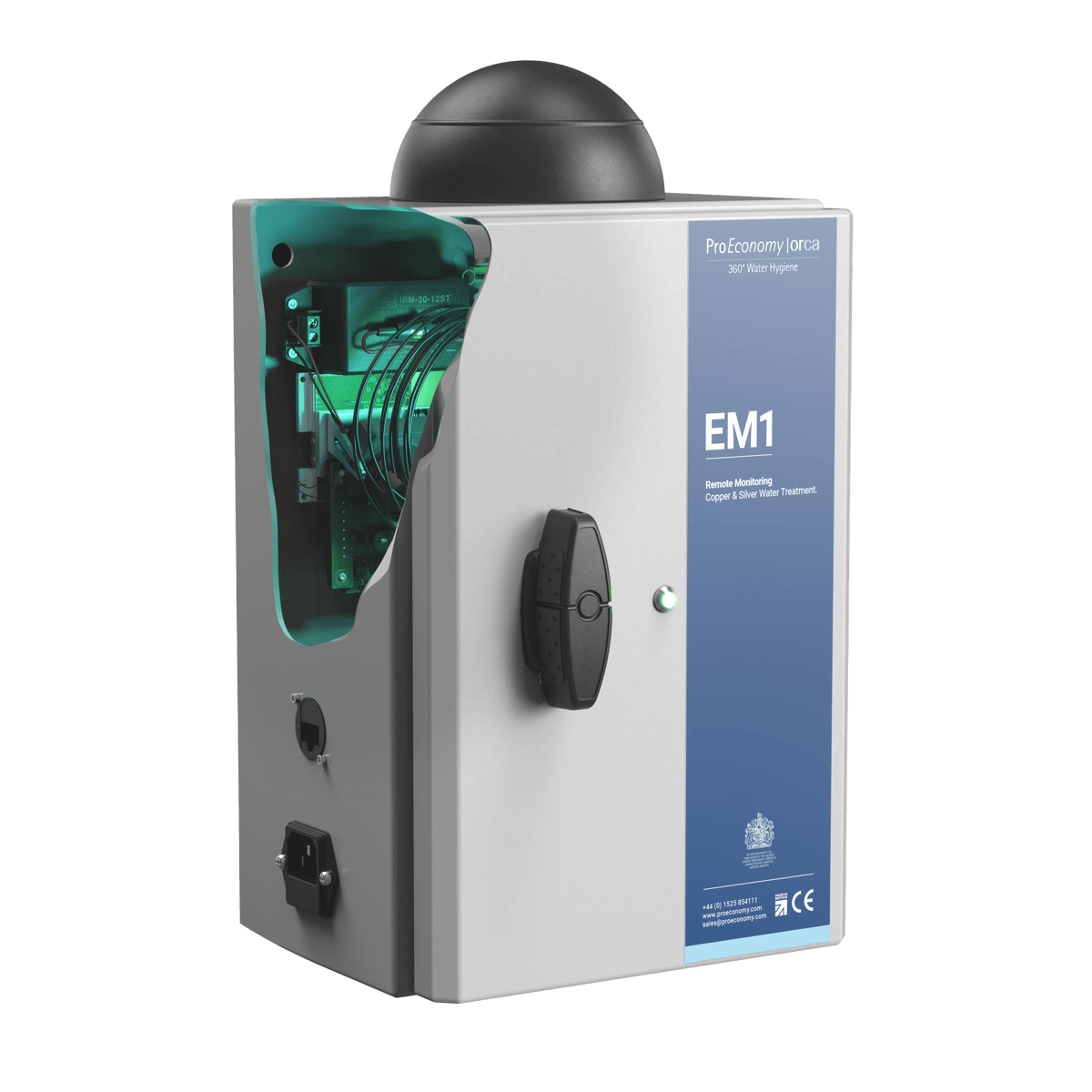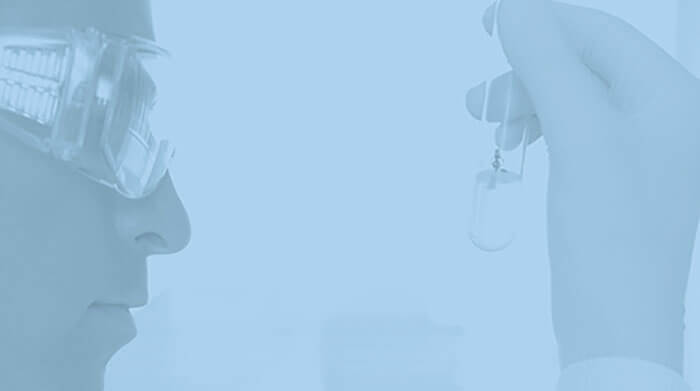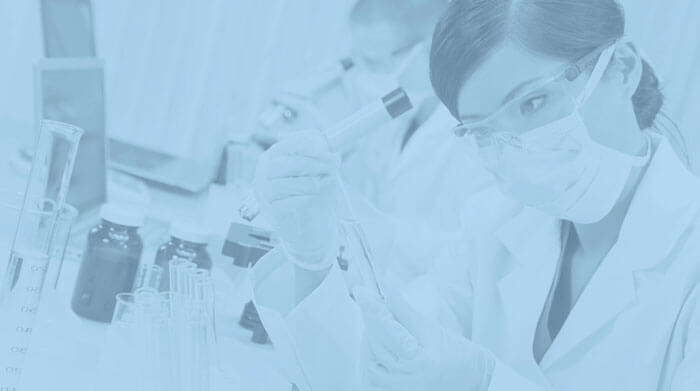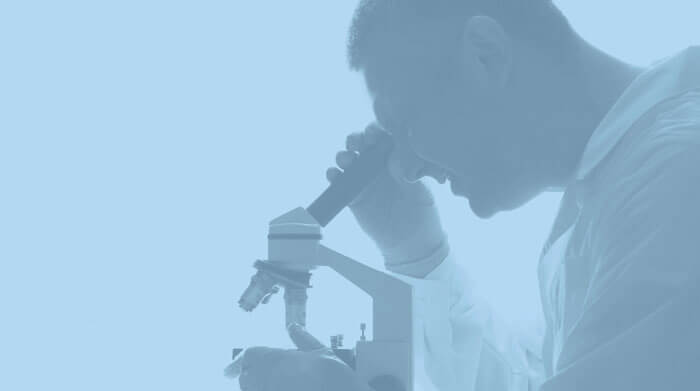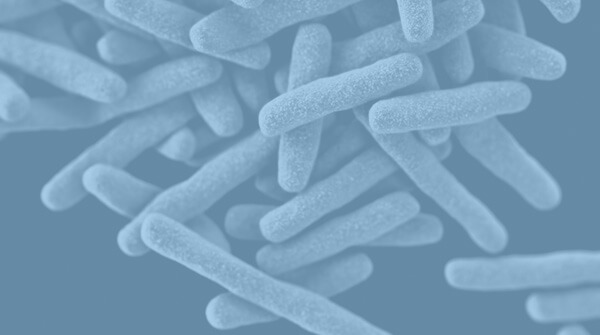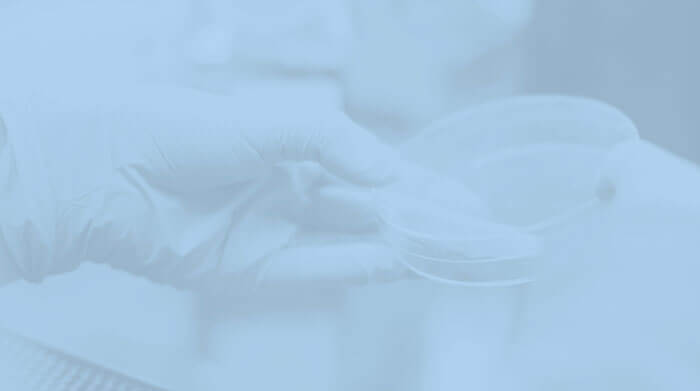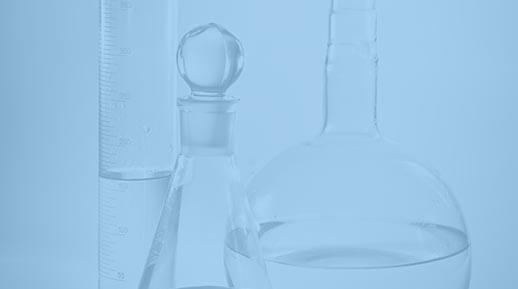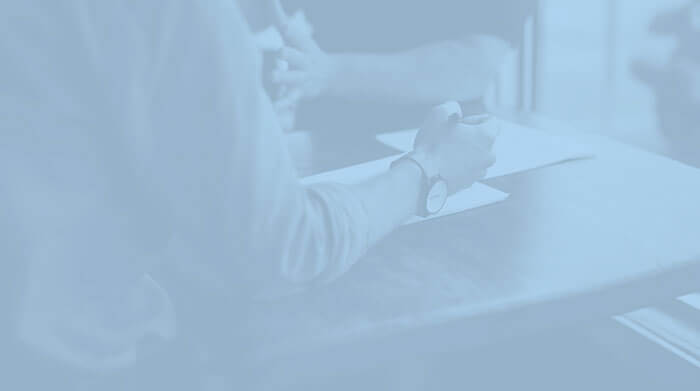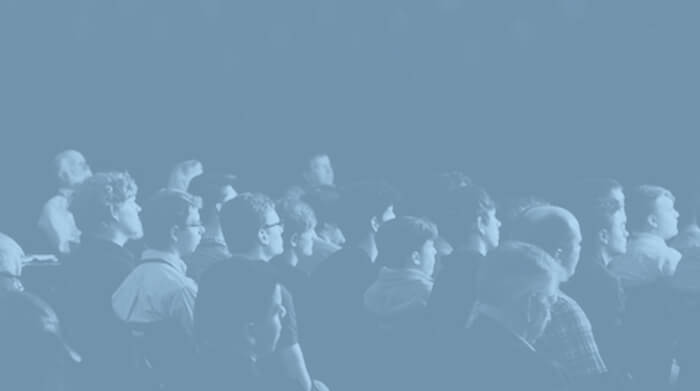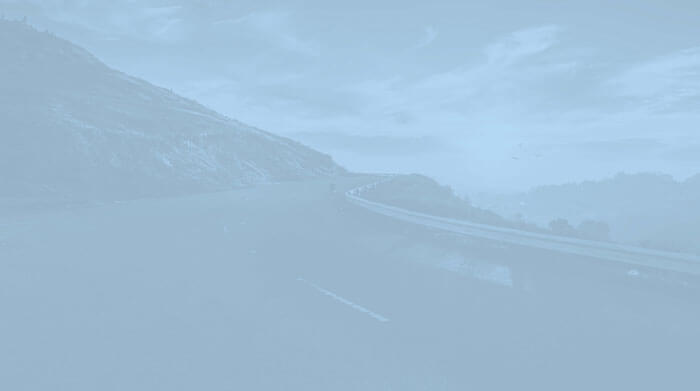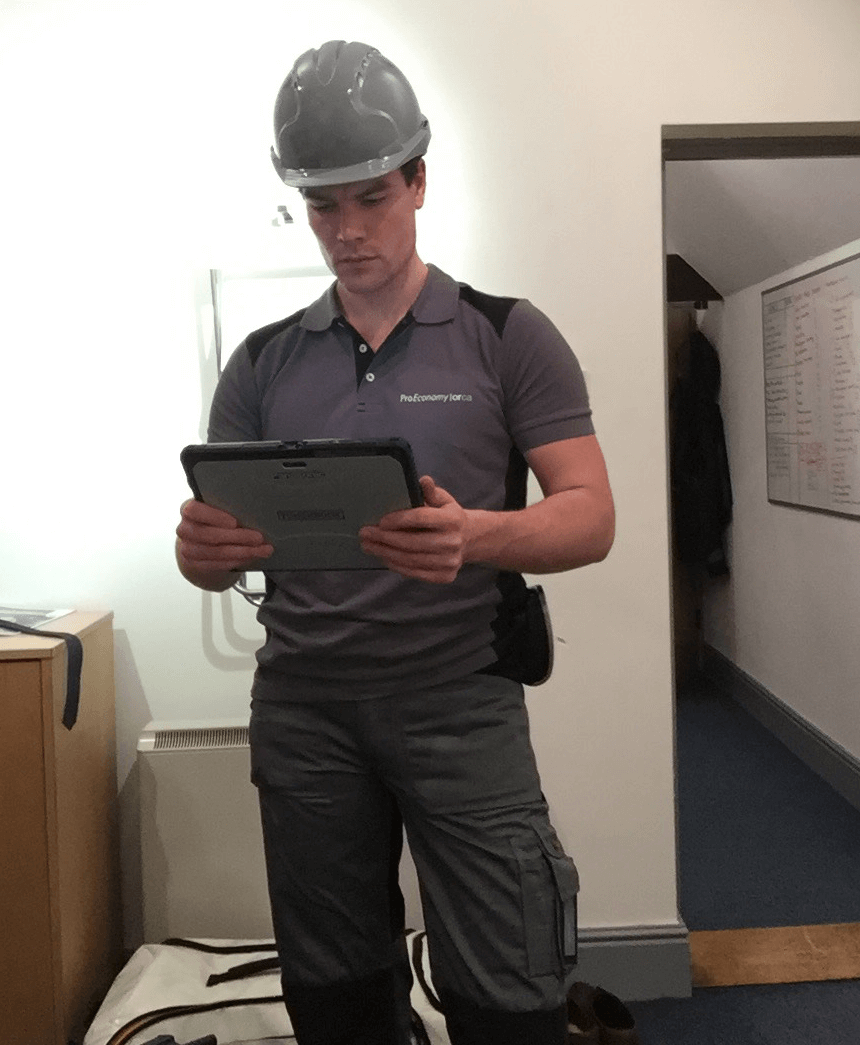
Ever wondered how we created Tetras? Read on to find out all about my trials, tribulations and eventual success on the road to creating an online water management system.
Where my water treatment journey started
Six years ago, I had just started off in the water treatment industry as a business development manager. Business development is a fancy way of saying I was a salesman.
To drum up sales I would visit facilities and estates departments across the country. If you’ve never been to the estates department of a hospital and are lost just look for the boiler stack. That’s exactly what I would do, turn up for a meeting, find the boiler stack, ask for estates, sit outside an office for a bit and then present our company PowerPoint.
This went on for many months and I was enjoying it. Facilities and Estates people are generally very friendly and the water treatment product we were selling was received well.
As time went on there were a couple of things that I noticed though. Like the fact that paper was everywhere and estates teams were always busy. In every estates office I found myself, it was filled to the brim with paper and my potential clients were always dashing off to resolve a problem.
My role at ProEconomy
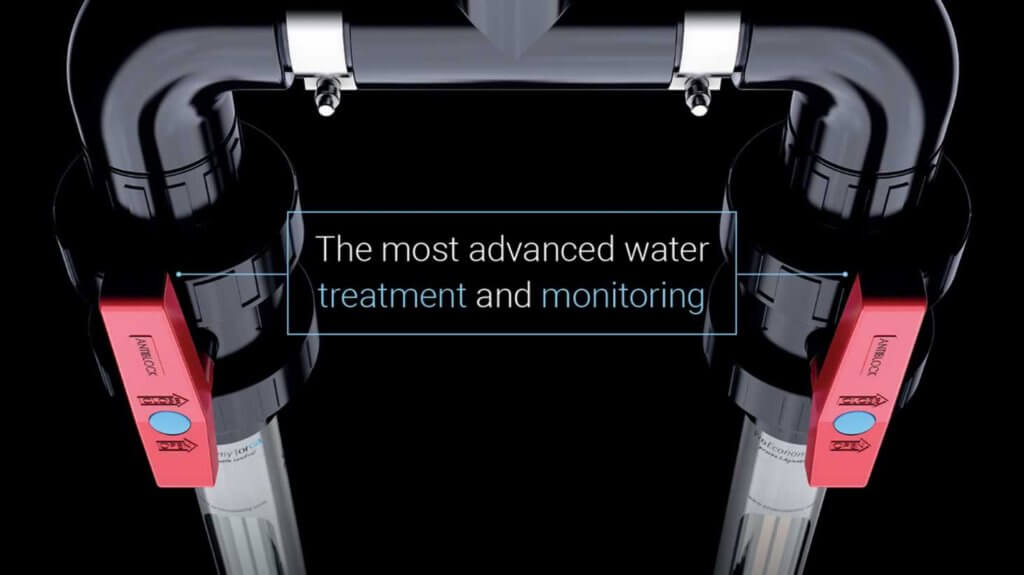
At the same time, I was getting involved in the internal processes at ProEconomy. ProEconomy do many tens of thousands of water samples a year for various bacteria and I was lucky enough to sample on and off for nearly 3 years at various hospitals and institutions.
I would go to site to collect water samples, write the outlet name and sample type on a label, stick the label onto the sample bottle and then fill in a form to indicate the water temperature, any issues found at the outlet and various other parameters. This amount of writing was time consuming and laborious. By the end of the day my hand would ache with the amount of writing I’d done.
All of this got me thinking.
The conception of Tetras
After many months of going over the problem I decided that the whole process needed to be digitised. It would be a win-win. Clients would get faster, better organised, more reliable results that they could easily analyse and manipulate in a whole bunch of exciting ways, saving them time and energy.
Meanwhile, we would get a more efficient process that would save resources, which ultimately would allow us to be more competitive with our pricing. Great. But how would I do this and how long would it take?
I reckoned I could get this done in 6 months max.
I was wrong.
In fact, this was the start of a 5-year journey that tested almost every vice and virtue I had going.
My first attempt
At the time QR codes were all the rage and so I started there. I had an iPhone and figured an app would be the way to go. After many weeks of research I figured out a way to link up my phone and a new Zebra Bluetooth printer that had just been released. I found someone to develop the app, had special thermal labels made and rolled it out across the whole company.
It was a disaster.
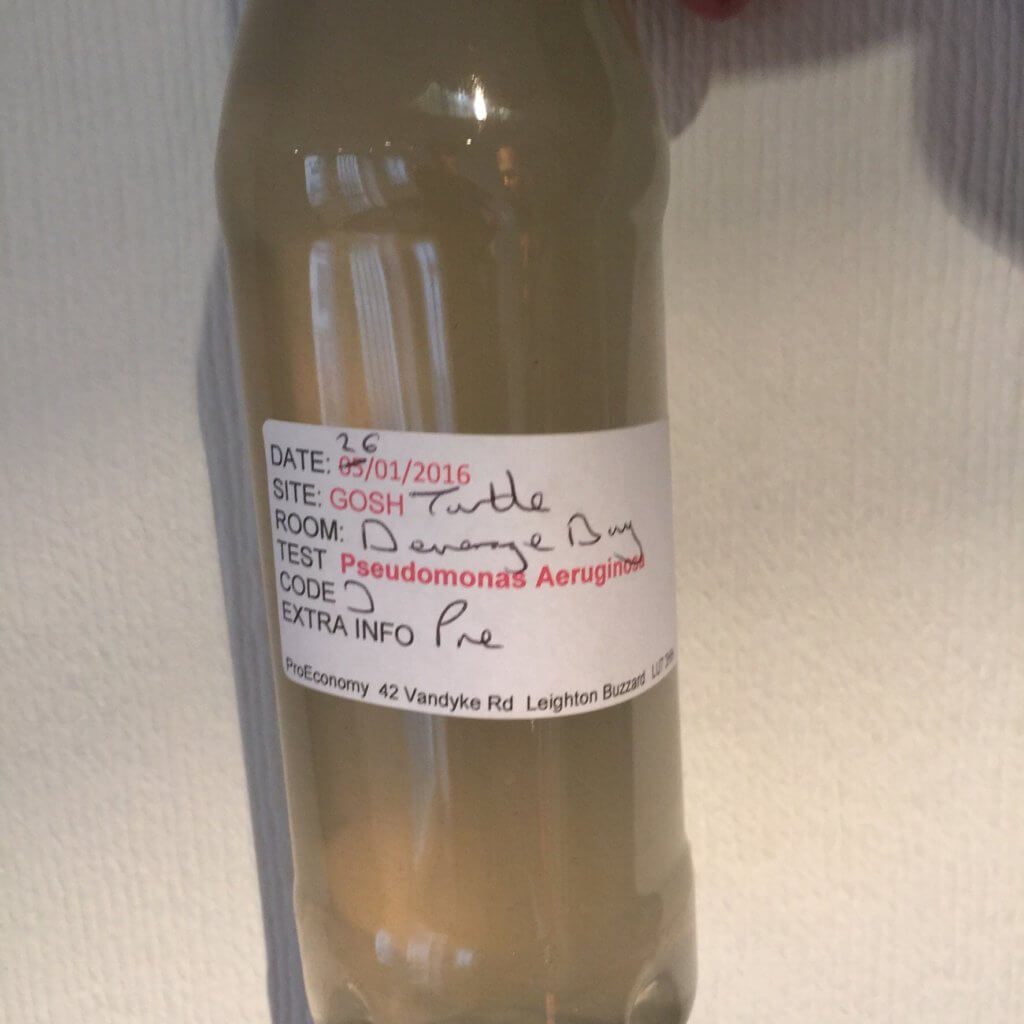
The labels that we were sticking on the bottles were not waterproof so would just come off. Worse still, they were thermal so any heat or sunlight would fade them and make them unrecognisable. The app developer was a nightmare to work with – we later found out that he had never developed an iOS app before. The lab couldn’t scan QR codes and when we gave them the technology to do this the data was going nowhere.
It was the worst. I had joined a company and single-handedly screwed up their whole sampling process.
My second attempt
After much heartache I decided to start again in the somewhat frustrating knowledge that I had at least learnt what not to do.
This is when I did the best thing I could have done: I went to the sampling technicians for their input. They had a lot and I spent time listening to them.
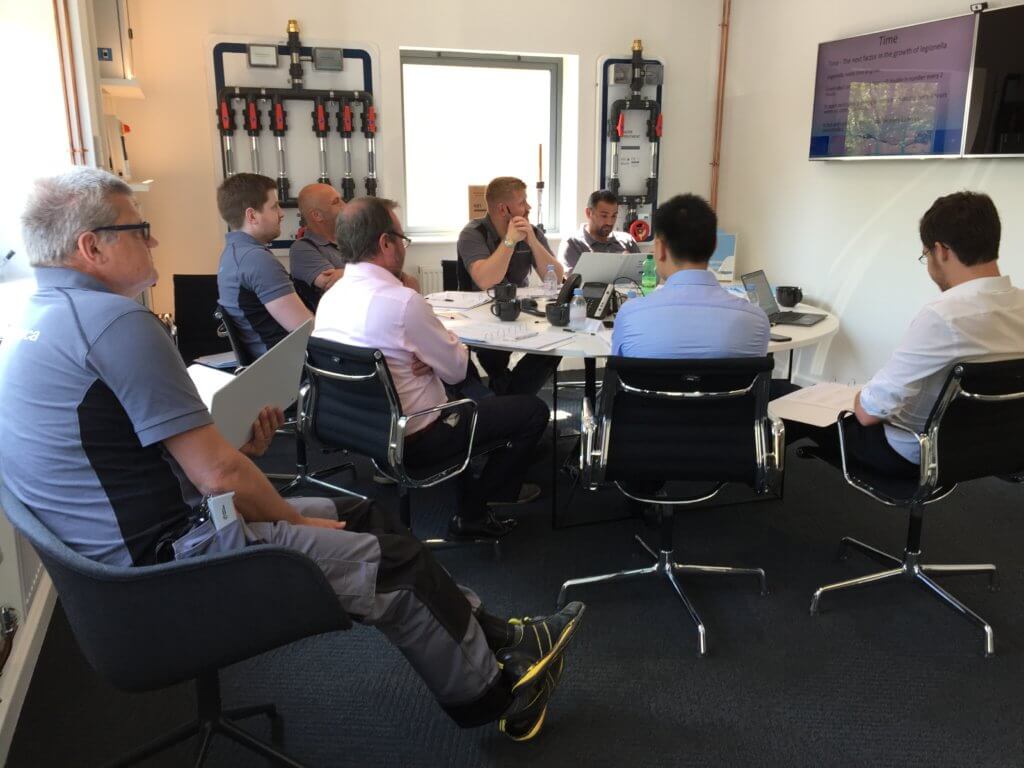
It became clear early on that one of them was really interested in what we were trying to accomplish. That was when I did the second-best thing I could have done and created a small tech team. We found an engineer we trusted, appointed the technician as the lead on the project, took on a young computer science graduate and started from scratch.
The ups and downs of development
You might expect me to say that things now improved with this fantastic new team on hand. This was not the case. In fact, this is where it got the most exhausting and frustrating and is what I call the dark days.
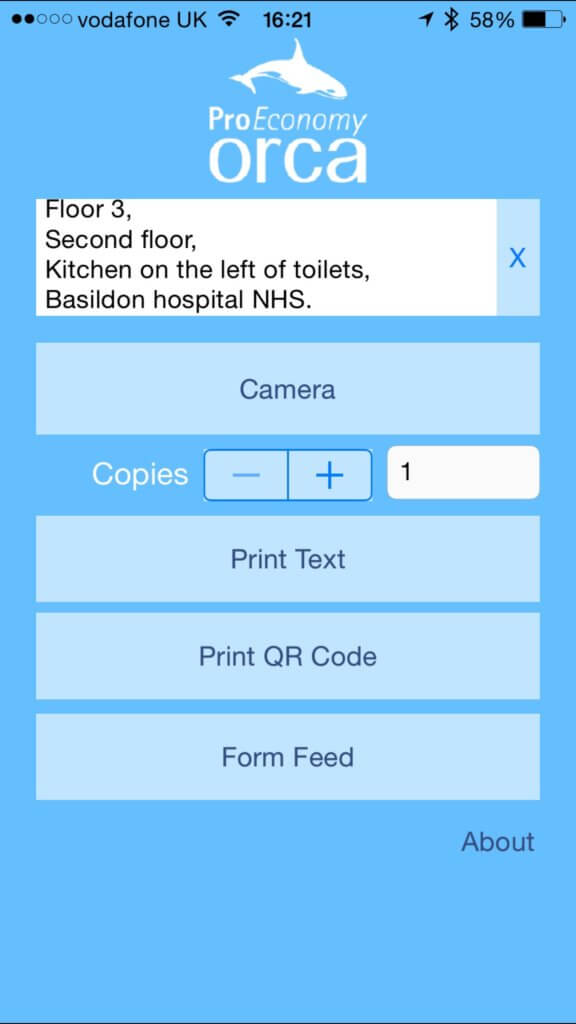
We would create a solution, implement it, just for it to go wrong. It was quite literally endless iteration after endless iteration. I would create a new project deadline for it to quickly disappear after a new fundamental problem was found. This went on for nearly 2 years and if you ask anyone on the team, they will testify to how challenging it was.
Eventually, we started to see the light at the end of the tunnel. Tetras was taking shape. It was getting less buggy and more robust and the processes we were refining were starting to look like they might work. This may have been cause for celebration if any of us could have found the energy.
But, we still only had a back-end. We needed a front end for clients to interact with. So starts another trough in the journey of Tetras. Thankfully this trough was less deep, as we had learnt from a lot of our mistakes. We spent time and resource finding an amazing front end developer and started the collaborative process again, this time interacting with our clients to see what they wanted from a portal. We also had a bit of luck and took on a very talented UCL graduate that took to product development like a fish to water.
It took us over a year, but eventually in January 2019 we had a client portal that worked, and which actually worked really well.
Tetras is born
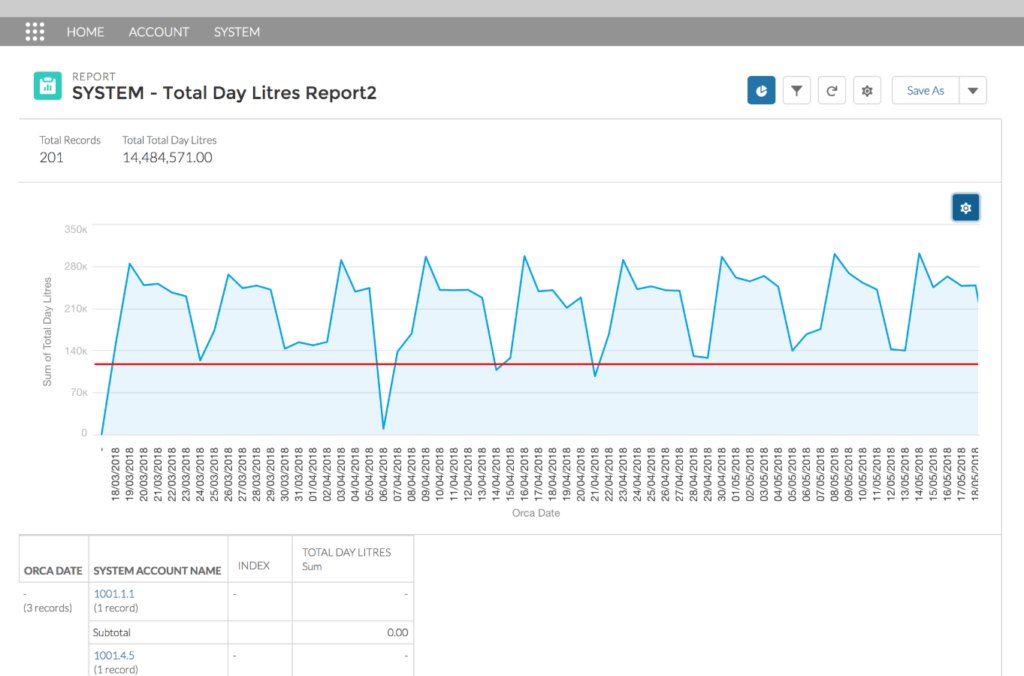
Our Tetras water management system is now fully operational and we have over 100 clients using it today, including Great Ormond Street Hospital, Bournemouth Hospital, Royal Free and Addenbrookes Hospital.
We are now selling sampling that comes bundled with Tetras and have found that this is a great USP that we can offer. We can give clients the ability to get digital water analysis results on a customisable, easy to use online portal, without them having to implement a complex software solution themselves. They literally don’t have to lift a finger.
I started out one man on a mission. I ended with a team and a community of people focused upon achieving the same goal. What did I learn? No man is an island, especially when water is concerned.

